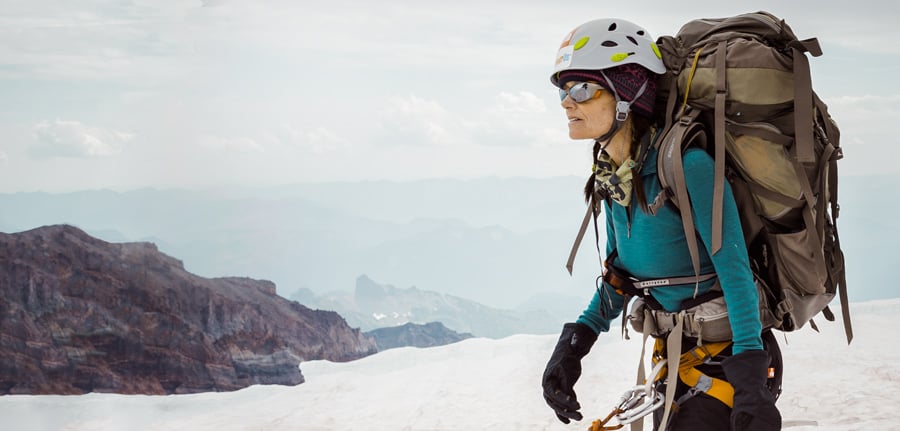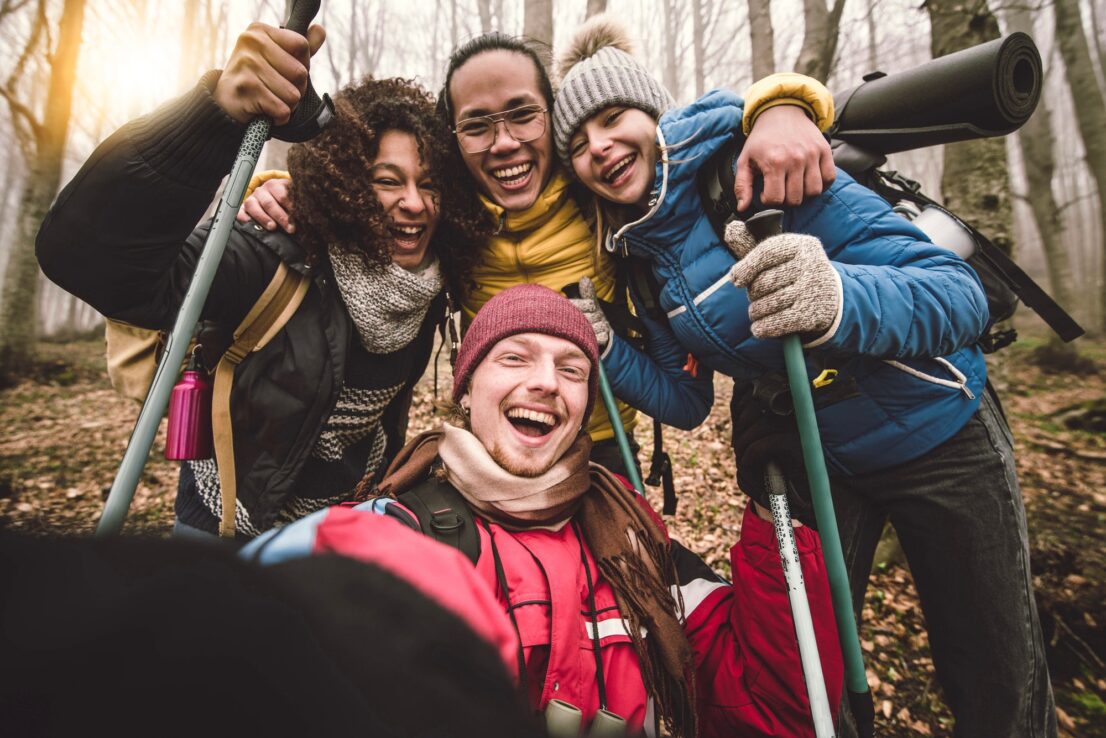Are There Alternatives To Taking Diamox At High Altitude
Are there alternatives to taking Diamox at High Altitude? Before we get into that, just remember the tried and tested drug is Diamox. Our high altitude doctors and specialists recommend taking Diamox from the first day of your trip. 125mg in the morning and 125mg in the afternoon. Check out all our upcoming trips.
What is Diamox Used for
Acetazolamide is a diuretic medication that treats swelling caused by heart disease. It works by helping your body make more pee so you can lose salt and excess water from your body. It can also treat seizures, certain types of glaucoma and prevent symptoms of altitude sickness. The brand name of this medication is Diamox.
Remember, Diamox might not be recommended for you personally. It is always worth having a full health check up with your doctor. Your doctor will know your medical history best. Importantly, your doctor can give you clear advice on traveling to a low oxygen environment.
Taking Diamox before going on a trek to altitude is important, to make sure there are no major side effects. Diamox is a diuretic so you do need to manage your hydration carefully. Follow us on Instagram.
Altitude Specialists
Jason Black Mounatineering is a leading high altitude specialist. We run usually have 250+ people trekking in the Everest region annually. With over 15 years of high altitude experience we have developed unique itineraries with additional acclimatisation. This means a safer and more enjoyable experience for you.
Hydration, Hydration, Hydration
Slow and steady wins the race when it comes to low oxygen environments. Hydration is also key, we urinate out the bodies over production of alkaline that make us sick. We recommend 4 to 5 liters daily. The increased respiratory rate begins within the first few hours of arriving at altitudes as low as 5,000 feet. The lost carbon dioxide causes the body to become more alkaline.
To compensate for the body’s increasing alkalinity, the kidneys excrete bicarbonate (an alkaline substance) in the urine. We pee out the alkaline if we hydrate properly. If we don’t we get sick hence, less altitude sickness and in some cases none at all or tolerable. If hydration is taken seriously, most people will not need to take any medications at high altitudes. Hydrate hydrate hydrate along with, acclimatisation being done correctly.
There are Some Alternatives
There are a few alternatives to taking Diamox undoubtedly, there are no substitute for acclimatisation. With 20 years of experience definitely having more acclimatisation offers you better safety and success. Always pick the itinerary with more days and more acclimatisation, especially in the early stage of any trip.
1). The Most Important Piece of Advice
On our treks to Everest Base Camp, Kilimanjaro we spend more time acclimatising. We have 3 nights at 3,440m/ 11,300 feet on our Everest treks. It should be noted, an additional 24 hours of producing more red blood cells at altitude is important. We have these additional nights to help carry more oxygen around the body as we move higher. Not having enough acclimatisation can make or break your trip. On Kilimanjaro we have a minimum of 8 days on the mountain. This usually results in, getting 100% of our clients to the summit.
On our Inca Trail Treks we always have 2 nights in Cusco at 11,152 feet. We do this for your safety going onto any Inca trail trek in Peru. Extra acclimatisation without a doubt, is critical for a safe and enjoying a successful adventure going to high altitude.
Personally, I tried to cut corners on acclimatisation and failed miserably. When I climbed Everest to the top I added additional acclimatisation. As a result, I had no issues above 26,000 feet. In summary, it is important to pick the right itinerary with more acclimatisation.
2). Take Ibuprofen When Going to Altitude
Ibuprofen without a doubt, is tried and tested for high altitude trips. It is great for inflammation, headaches, pain, muscle pain at high altitude. Ibuprofen is best taken right be sleep. Recent research suggests that Ibuprofen is proven to be very useful in low oxygen environments.
The usual dose of ibuprofen is one to two 200mg tablets. You can take Ibuprofen every four to six hours only if needed. Do not take more than 1,000 mg of ibuprofen daily. Take ibuprofen with food or after meals if it seems to bother your stomach. Ibuprofen does get absorbed by the blood stream much faster than Diamox making it a quick acting drug.
3). Take Garlic Tablets
For years I have always taken garlic supplements when I go on high altitude treks and climbs. Garlic does have natural properties that help you when suffering from Acute Mountain Sickness (AMS). Your blood is getting thicker at high altitude. Garlic thins out your blood so you can take one capsule per day while you are trekking. Consider having garlic soup regularly while on your trek or expedition.
4). Drinking Beet Juice is a Good Idea
Research from an Norwegian University suggests. “It may be the extra boost your body needs to deliver enough oxygen to your tired muscles. Beet juice will keep you healthy when you are climbing a high mountain.” You should consider drinking beet juice before climbing a high-altitude mountain.
Also consider beet juice right before a regular workout, this can improve your blood vessel function. This can deliver oxygen more quickly to your muscles. High altitudes have a powerful effect on the human body, due to thinner air and lower oxygen. Above 11,500 feet you will experience some altitude sickness, feeling fatigued, short of breath, and sometimes even nauseous.
Over time, our bodies will acclimate to high altitudes, but it can take days, weeks, or even months. If you want to climb a mountain and limit altitude sickness clearly, you need more time. In addition to acclimatisation, researchers are now suggesting to bring some beet juice with you.
They found it to provide health benefits in low oxygen environments. At high altitudes, our bodies are less likely to produce enough Nitrate Oxide thus, our bodies need plenty of oxygen. That’s where beet juice comes in; it’s packed with nitrate, a compound that the body can use in low oxygen environments. No harm in trying it out.
Contact the Experts at Jason Black Mounatineering
Everyone adapts at a different rate: You might be able to acclimatise more quickly than the above rule of thumb, or less quickly. Age, gender, race—even your level of fitness—don’t correlate conclusively with faster or slower adaptation rates. Take your time and listen to your body.
Are there Alternatives to taking Diamox at high altitude? yes, and our itineraries give you better acclimatisation so you are not reliant on anything other than natural adaption to the lack of oxygen. We have been leading high quality treks and tours around the world with great success.

Symptoms of Acute Mountain Sickness
Whether steady or throbbing, a headache is a telltale sign that you have AMS. Sufferers will also have one or more of these hangover-like symptoms:
- Nausea/vomiting
- Fatigue
- Lethargy
- Loss of appetite
- Difficulty sleeping
Treatment: The good news is that the body can cure this by itself. You have to give it sufficient time, though, to adapt to a higher altitude. Descend to the last elevation you slept at without feeling symptoms. Then rest until you feel better.
Symptoms of High-Altitude Cerebral Edema
HACE initially presents as a moderate to severe form of AMS. Clues that brain swelling has begun are confusion and impaired balance. Look for these signs:
- Cannot walk a straight line, heel to toe
- Cannot balance on one foot
- headache
- weakness
- feeling and being sick
- loss of coordination
- feeling confused
- hallucinations (seeing and hearing things that are not there)
Treating HACE:
- move down to a lower altitude immediately
- take dexamethasone
- give bottled oxygen, if available
Treatment: A person diagnosed with HACE needs to immediately be escorted to a lower altitude. Full resolution of symptoms simply from descending is unlikely, so you should be thinking about how to contact medical help as soon as HACE is suspected.
Dexamethasone is a steroid medicine that reduces swelling of the brain. Jason Black mountaineering carries as part of his medical supplies.
If you cannot go down immediately, dexamethasone can help relieve symptoms until it’s safe to do so.
Symptoms of High-Altitude Pulmonary Edema
HAPE may or may not be preceded by AMS or HACE. Its initial symptoms are shortness of breath accompanied by a dry cough.
Signs that the lungs are continuing to fill with fluid include:
- Shortness of breath becomes worse
- Unexpected fatigue and inability to exert oneself
- A wet, gurgly cough develops
- blue tinge to the skin or lips (cyanosis)
- breathing difficulties, even when resting
- tightness in the chest
- a persistent cough, bringing up pink or white frothy liquid (sputum)
Treating HAPE:
- move down to a lower altitude immediately
- take nifedipine
- give bottled oxygen, if available
Treatment: To prevent added stress on the lungs, a HAPE sufferer should be carried to a lower elevation immediately. Left untreated, HAPE can cause someone to collapse and die. Call a medical professional if symptoms persist.
Nifedipine is a medicine that helps to reduce chest tightness and make breathing easier. It’s also often part of our expedition’s medical supplies
You should go to hospital as soon as possible for follow-up treatment.

https://jasonblack.ie/mount-everest-base-camp/
Join us on other exciting expeditions
https://jasonblack.ie/kilimanjaro-climb/









